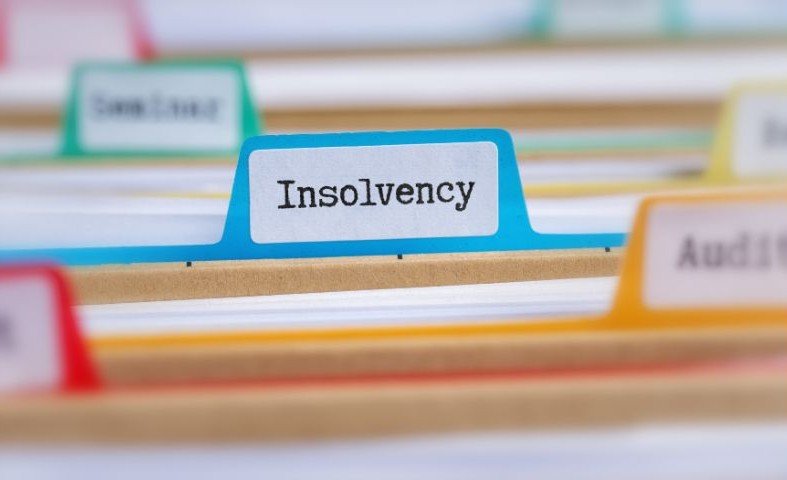Home / India’s Mining Reset: The 2025 Amendment
India’s Mining Reset: The 2025 Amendment
- October 24, 2025
- Chandrasekaran R
- Disha Sivakumar
The Mines and Minerals (Development and Regulation) Amendment Act, 2025, dated August 21, 2025, (hereinafter referred to as the “MMDR Act”), represents a decisive step in restructuring India’s mining law to meet the twin imperatives of resource security and market efficiency. Amending the long-standing Mines and Minerals (Development and Regulation) Act, 1957, MMDR Act reforms widens the scope of exploration, promotes inclusion of critical minerals, streamlines lease conditions, and institutionalises transparent trading mechanisms. This article examines the legislative changes in detail, while situating them in the context of India’s policy priorities.
The MMDR Act introduces, under Section 3 (af), a mineral exchange. It is defined as an electronic trading platform or marketplace registered under the MMDR Act, where minerals, their concentrates, or processed forms (including metals) may be traded, including through derivative contracts. In providing such exchanges statutory recognition, the law establishes a regulated foundation for mineral trading, ensuring transactions are transparent and reducing risks of opacity, cartelisation, and artificial price manipulation that often accompany unregulated markets. The MMDR Act further inserted Section 18B, which mandates the central government to promote the development of mineral markets through such exchanges. It empowers the government to appoint a regulatory authority, prescribe rules for registration and revocation, determine fee structures, ensure market oversight, and prevent abusive practices such as insider trading, circular trading, or cartelisation. It further provides for grievance redressal mechanisms and the maintenance of a data bank on trading activities. The Sections in consonance mark a structural transition from fragmented bilateral contracts to transparent, supervised mineral markets, bringing India’s mineral trade closer to international best practices in commodities regulation.
Another key reform is found in the insertion of Section 6A, which introduces the possibility of a one-time inclusion of a contiguous area into existing mining leases or composite licences for deep-seated minerals. The holders of mining leases may seek extension by up to ten per cent of their current area, while holders of composite licences may seek an expansion of up to thirty per cent. The amendment defines deep-seated minerals as those located at depths exceeding two hundred metres, with poor surface manifestations.
Previously, captive mines were allowed to sell only up to fifty per cent of annual production beyond their end-use requirements. The MMDR Act amends Section 8A (7A) to remove this said ceiling, thereby enabling captive mines to sell an unrestricted portion of the production. In addition, the substituted proviso empowers the state governments to authorise the sale of mineral dumps accumulated in leased areas up to dates notified by the central government, subject to payment of additional amounts as per the Sixth Schedule. This liberalisation is expected to improve liquidity in mineral markets and reduce inefficiencies caused by stockpiling.
The law also strengthens the institutional framework of mineral exploration and development. Section 9C of the principal Act, which established the National Mineral Exploration Trust (NMET), has been substantively amended. The Trust is renamed the National Mineral Exploration and Development Trust (NMEDT), and its scope enlarged to cover not only exploration but also the development of mines and minerals. Its jurisdiction extends to offshore areas and, even to projects outside India. Further, the contribution payable by leaseholders into the Trust has been increased from two to three per cent of royalty.
A more comprehensive mechanism for including additional minerals, whether minor or major, within existing leases has been created by the insertion of Section 15B. Under this provision, a leaseholder may apply to the state government for inclusion of other minerals identified in geological reports. Approval must be granted within sixty days, subject to payment of additional amounts specified in the newly inserted Eighth Schedule.
The most consequential amendment is the statutory recognition of mineral exchanges under Sections 3(af) and 18B, which represents a structural departure from India’s traditional mineral trade. Through moving transactions from opaque, bilateral contracts to regulated electronic platforms, the law introduces a framework where pricing is transparent, oversight is institutionalised, and abusive practices such as cartelisation or circular trading can be checked. If such exchanges develop scale and credibility, India could establish domestic benchmarks for critical minerals, reducing reliance on foreign price indices and enhancing bargaining power in global markets. This single reform has the potential to transform how minerals are valued, traded, and regulated, making it not just an administrative change but a foundational shift in the architecture of India’s mineral economy.
The evolution of the MMDR Act reflects a gradual but decisive shift from a State-controlled, discretionary regime to a competitive, market-driven framework that actively encourages private participation. For decades after its enactment, amendments focused largely on regulatory and administrative issues, with mining activity dominated by public sector entities and allocations made through opaque processes. Liberalisation impulses began to take shape with the National Mineral Policies of 1993 and 2008, which recognised the need for private investment, modern technology and transparency, but systemic change truly arrived with the landmark MMDR Amendment Act of 2015. This amendment transformed the sector by making auctions the sole method for granting mineral concessions, ending discretionary allotments and ushering in competition, certainty and fairness. It also enabled transfer of captive mines, created institutional mechanisms such as the District Mineral Foundation and the National Mineral Exploration Trust, and introduced fixed lease tenures, all of which provided predictability and improved investor confidence.
Subsequent amendments between 2016 and 2020 further strengthened the auction regime by easing transferability of leases, removing the divide between captive and merchant mines, and streamlining approvals to improve ease of doing business. The reform momentum continued through the 2021 amendments of the MMDR Act which aimed to unlock resources tied up in expired leases, enhance production and curb PSU monopolies thereby widening the space for private miners. Finally, the 2023 amendments opened exploration and mining of several critical and previously restricted minerals, such as lithium and rare earth-linked resources, to private and global players, supported by the introduction of a new exploration licence regime.
The Mines and Minerals (Development and Regulation) Amendment Act, 2025 is not merely an update to an ageing statute; it is a deliberate repositioning of India’s mineral regime for the twenty-first century in the world map. By embedding transparency through mineral exchanges, unlocking captive resources for open markets, and creating flexibility in lease structures, the law directly addresses inefficiencies that have long constrained the sector. More importantly, the transformation of the National Mineral Exploration and Development Trust into a quasi-sovereign instrument for global acquisitions marks a bold step from the inward-looking character of past mining policy. For the first time, Indian mining law reaches beyond domestic boundaries, aligning itself with national industrial priorities and strategic diplomacy.
Following the amendment, the Ministry of Coal released the Draft Coal Exchange Rules, 2025, applicable to coal and lignite, for stakeholder feedback. The draft proposes appointing the Coal Controller’s Organization (CCO) empowered to issue detailed regulations covering registration, revocation, fees and charges, accounting, market oversight and surveillance, dispute resolution, and grievance redressal.
The Mines and Minerals (Development and Regulation) Amendment Act, 2025 is not merely an update to an ageing statute; it is a deliberate repositioning of India’s mineral regime for the twenty-first century in the world map. By embedding transparency through mineral exchanges, unlocking captive resources for open markets, and creating flexibility in lease structures, the law directly addresses inefficiencies that have long constrained the sector.
Related Posts

SEBI Clarifies Pro-Rata Rights for AIF Investors

IP Battles in the Life of a Showgirl

The End of Going Concern Sales: New Amendments Explained

